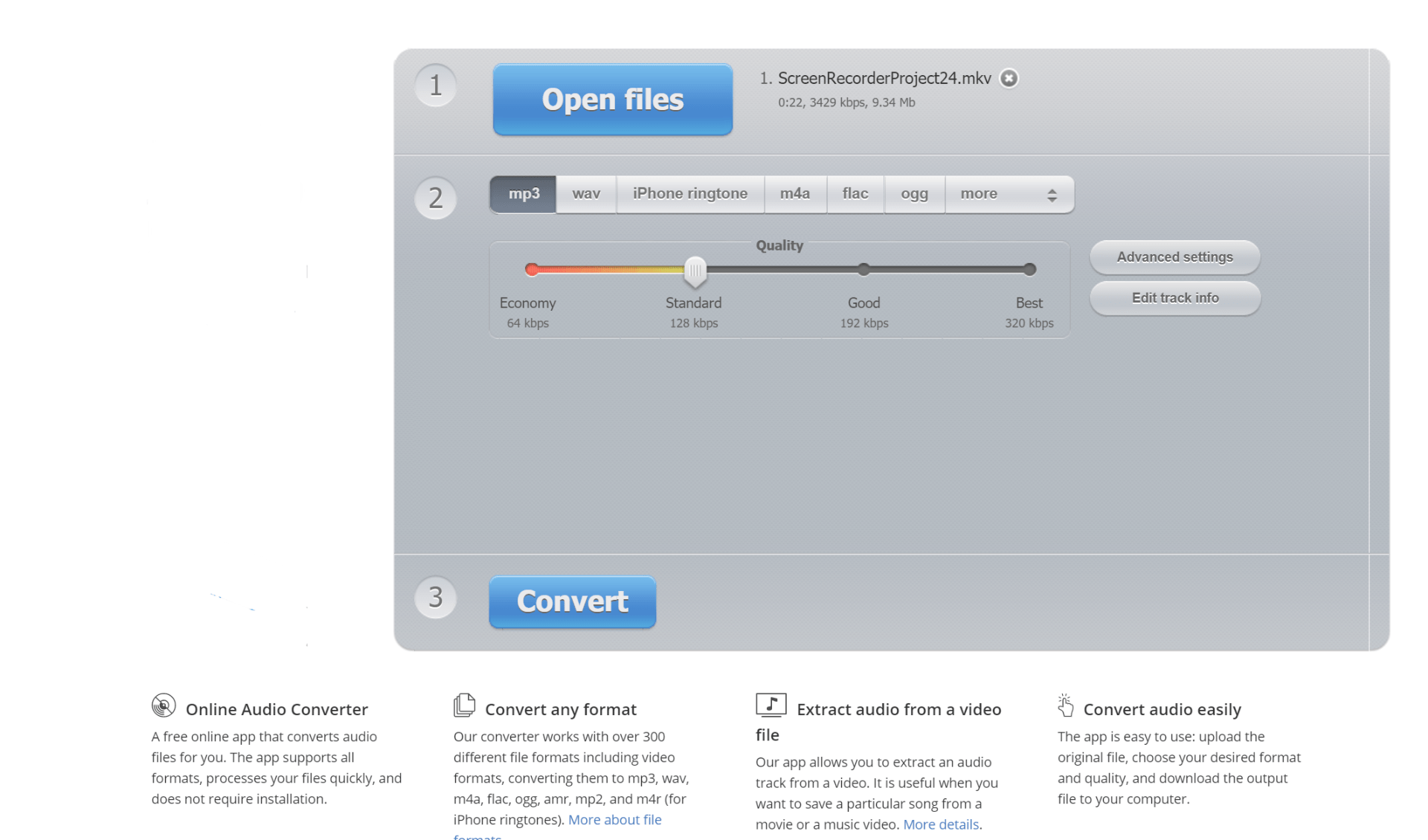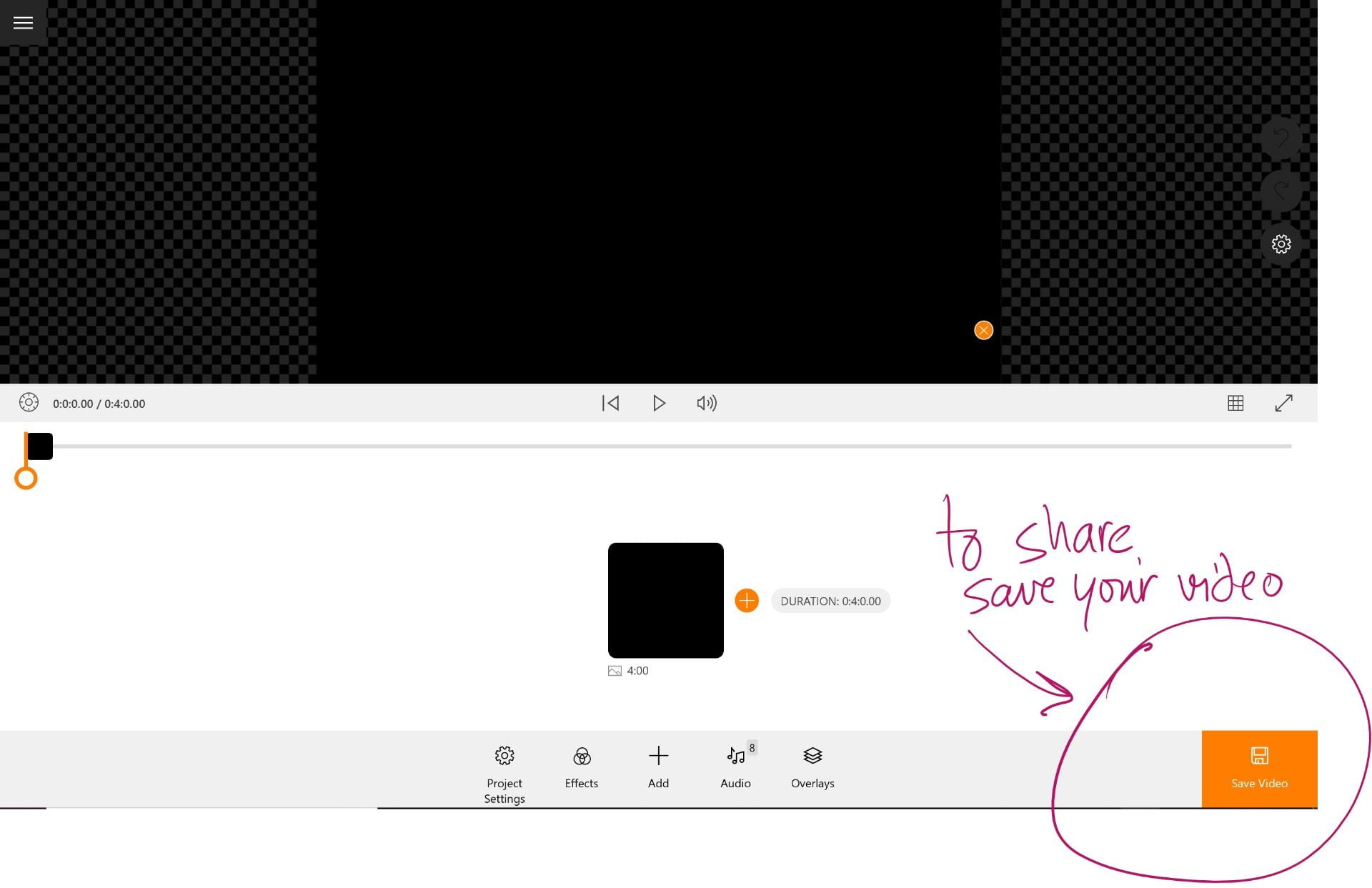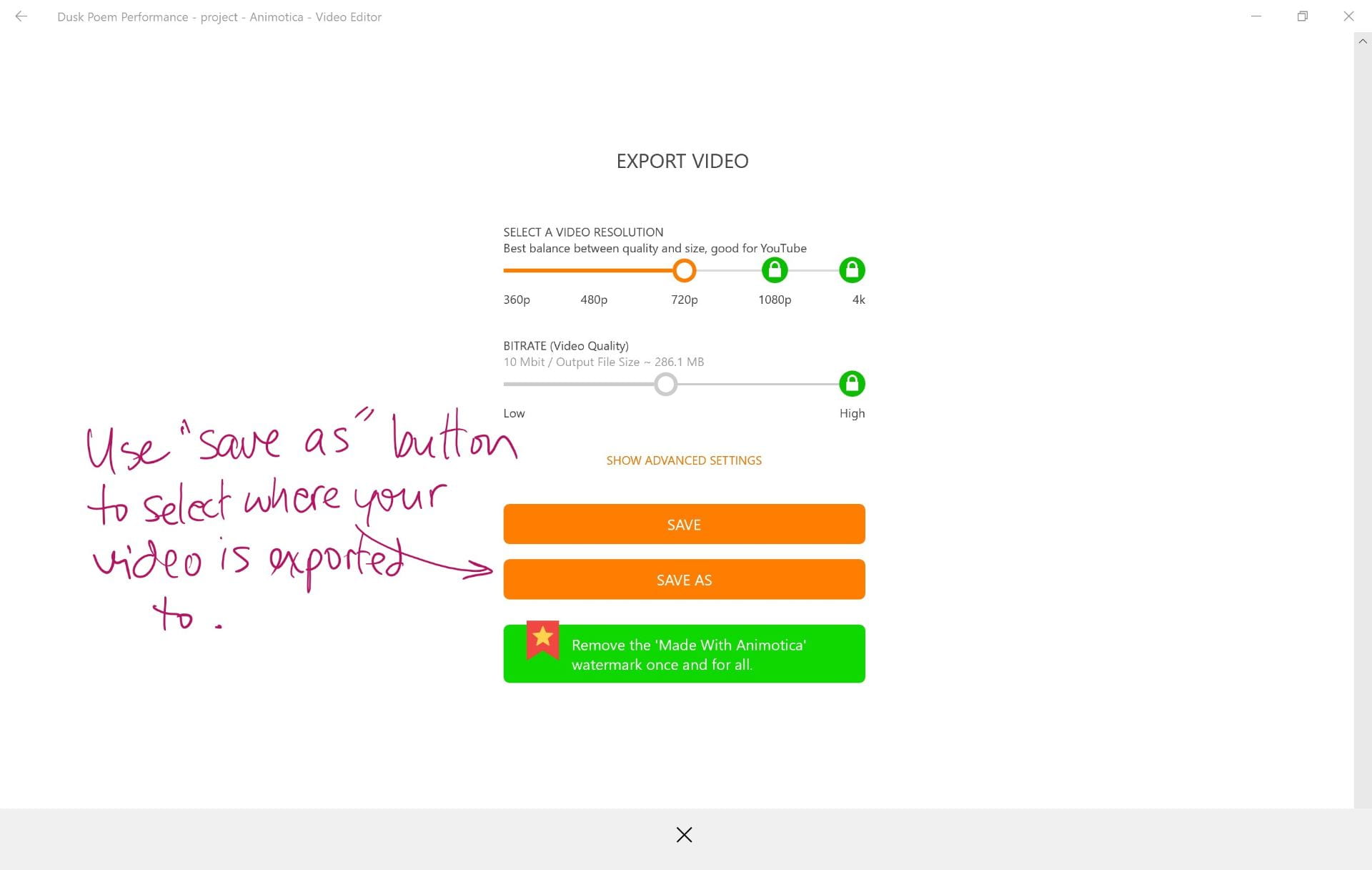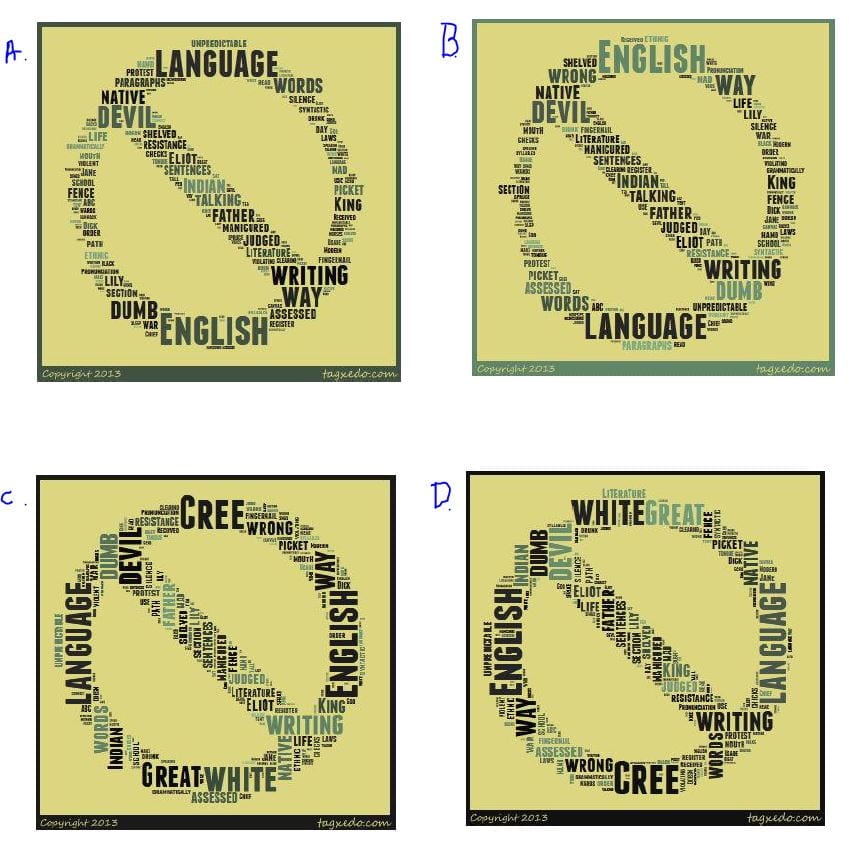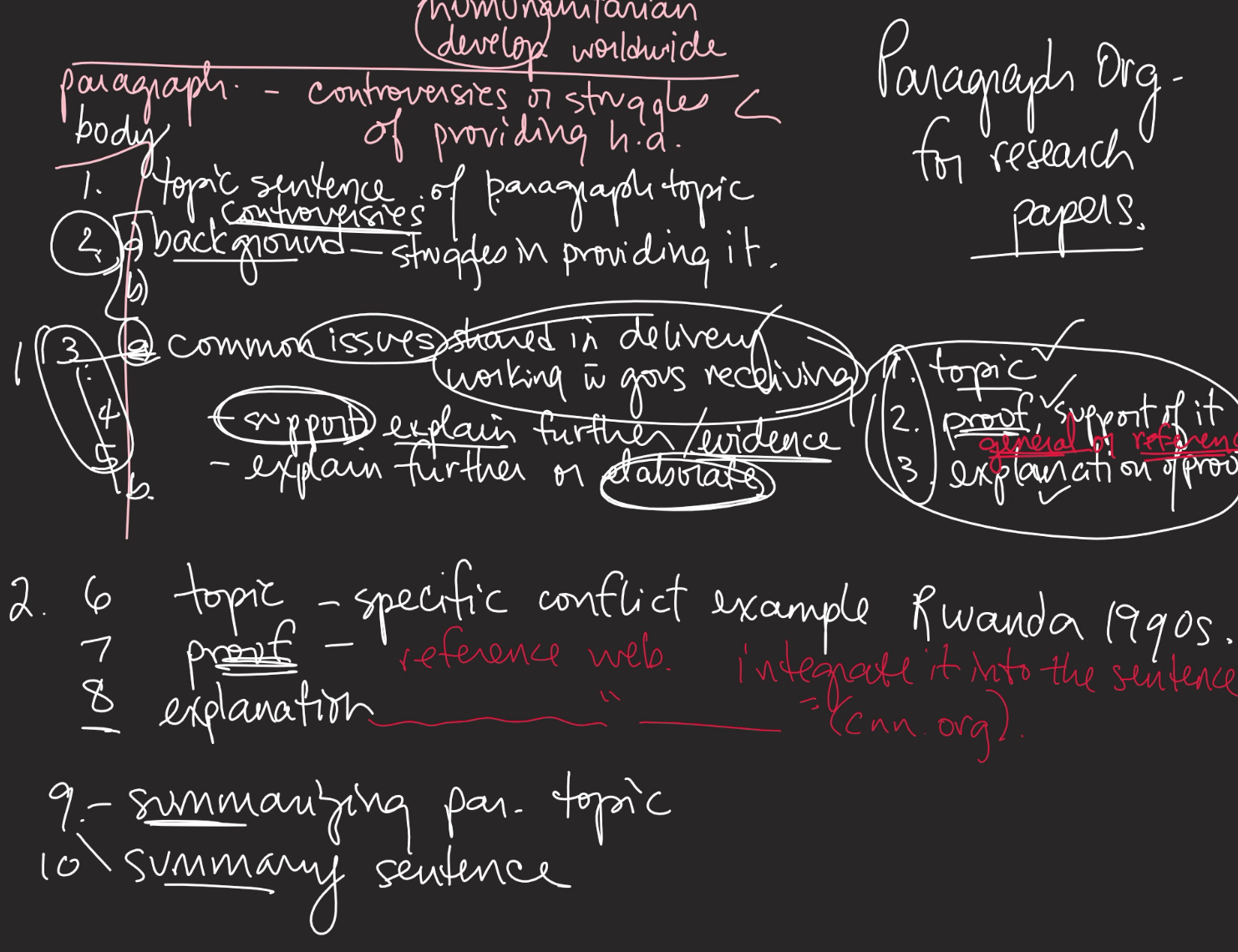ELA A30: Editorial Writing Sample – Citation Supports
Writing an Editorial Essay? Here’s a sample student piece that’s been edited for accurate style and supports. You can click through this Word Doc to read the Comments added that should walk you through/point out the elements of the paper you need to pay attention to: transitional phrases and types, focus of the different paragraphs, convincing tone and word choice, etc.
Note: Remember, if you wrote a Report, you cannot include persuasion or biased language.
A3.1 Student example editorial – colour coded – Waldner edited cited
- In-text Citation Method: Scribbr website clearest explanation found online
- Most importantly, we found:
- If there’s an author for your referenced material (writer of an article, etc), then cite the author’s name.
- Example: The rates of incarcerations have “doubled in ten years”(Harram).
- If there’s no author for your referenced material, like you took it from a government website or something, you post the first few words of the Title of the website page.
- Example: With the current corrections system, more than 40% of violent offenders re-offend within 5 years of release (Statistics of Corrections).
- If there’s an author for your referenced material (writer of an article, etc), then cite the author’s name.
- Most importantly, we found:
- Creating a Works Cited Page:
- Scribbr again explains it well
- and it can Generate your Word Doc cited page. From here, it will export a Word doc. You could copy/paste it into the end of your Google Doc in a new page.
ELA A30 In-class Skills Exam
While many other Saskatchewan ELA students write final exams to end their courses, you’ve had many experiences with the Exit Interview. This focuses on your mindset through your work in the course, the goals you hoped to achieve and looking back to see whether you came close or met them, as well as identifying the skills you grew in and continue to build.
You’ll have an Exit Interview again this end of semester, but you’ll also enjoy writing a simple exam that will demonstrate your skill in writing the literary analytical essay.
The final product that you develop in this one class period will NOT be developed to the level you are familiar with for your other essay projects, since those projects will be the result of several hours of work.
This essay may be somewhat simplistic, but will demonstrate your ability to:
- develop an appropriate and thoughtful analysis in response to an essay prompt of your choosing
- show your ability to connect the texts you’ve studied to a theme or concept and explore it through the analytical writing
- develop an essay with clear organization and structure, including transitions and topic sentences
- technique of your writing, including punctuation habits, even though it may be unpolished
- basic sense of writing voice, including your language choices and unqiue style of writing
Student-written Sample Essays:
Here (link below) are two examples of essays taken from a Provincial Exam. Students writing these essays had three hours to write their whole exam, which included much more than this essay. These essay samples are a good example of what you might expect to complete in your in-class exam.
ELA A30 prototype 2004-pages-38-42
For your exam:
- you’ll have a number of essay prompts to choose from that will represent the topics and themes we have discussed in the course
- you will be able to bring your binder in and any essay writing supports you’ve used in the past
- you’ll be able to use/refer to any of the literature you’ve studied in the course
- you’ll be asked to develop the essay in a Google doc, so have your laptop handy and charged/available to use. You’ll have to share your essay with me at the start of class.
- handwritten on paper will be your back up
- you’ll be able to use Grammarly within your Google Doc
Here is how your writing will be assessed: 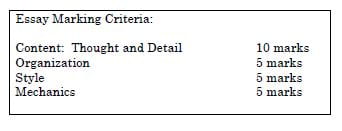
Topics or Themes your essay options may touch on include:
- the shared Canadian experience
- the unique Canadian experience or perspectives of different groups
- voices included in Canada’s history and stories and voices less included in these histories
- unique experiences from living on the land in different regions of Canada or different time eras of our past
- the natural landscape vesus constructed landscape and its impact on the emotions and experiences of individuals
- the theme of “survival” that is constant in Canadian literature
- how the various experiences of Canadians contributes to a sense of national identity
ELA A30 B10 The Land: Past and Present Section resources
Intro Pages
- Alice Munroe – First Canadian Woman to win Nobel Prize in Literature
- Thomas King Video: Narrates Short Story at Museum of Anthropology (start at 8:40 minutes into the video and end at 14 minutes in)
Pg 3 Handout:
-
- Elements of Literature Handout (review of terms)
Pg 3 Short Story #1 “The Wedding Gift”
-
- “The Wedding Gift” story pdf
Pg 4-6 Short Story #2 “Home Place”
-
- “Home Place” story pdf
Pg 7-12 Canadian Film The Snow Walker
- Farley Mowat’s Legacy: Our Supreme Storyteller (article on writing style of Canadian author)
- Interview with Farley Mowat – well-known Canadian author
- Movie: The Snow Walker (full movie on YouTube free – embedded below)
ELA A30 B8 Regions Explored – Poetry Practice
This section is a formative one to review and grow in your skills in analyzing poetry. It also includes an interesting poetry that you may find links to of our History 30 studies, the formation and question of what Canadian nationality is about.
I offered to study the poem together live with a group of students, if they wanted the guidance and support. Here is the recording of that discussion analyzing “The Provinces”
If you need a reminder, here is a handout that includes examples of figurative devices identified and how to properly identify them.
ELA A30 B9 Expressions of the Land
- Listening to Canadian Poetry Samples: Poetry can cover all sorts of topics and experiences, but in this section you’ll read poems that are grounded in an experience or perspective of the landscape, nothing else.
Depending on your experience with poetry, you may have encountered some particular poems you really enjoyed or others you just didn’t get. It’s interesting to realize poems can be about any topic, even some surprising ones.
Below are two poems written by Canadian author Al Purdy: one is narrated by the author himself and the other was developed into a performance video and partially narrated by Canadian singer Gord Downie. The topics of these aren’t maybe what you’d expect!
Audio file: “Homemade Beer” – you can follow along with the written poem on your handout cover page.
The “yellow flowers” in this poem aren’t like the ones you’ll typically find in poetry.
- Before Reading Activity: Draw out the scenery you picture while listening to the loons call out.
- Poem # 1 (Unnamed Poem) Below is the poem read aloud; it may help with your comprehension of it.
- Figurative Language Handout – coloured samples added 2019: includes samples of the types of devices and how to identify them properly
- Poem #2 “Between Two Furious Oceans”(Audio narration of the poem is given below.)
ELA Common Post: Developing a Sound Recording (Layering effects in)
One of the creative types of projects you can do in ELA is to develop either a video or audio recording and include sound effects. There’s an assignment like this in both ELA A10 and A30.
You could take the ELA A30 Poetry Project Assignment where you have to pick a Canadian poem and record an oral performance reading it with emotion and plays on sounds, but add some soft background music or other sound effects into the file, for one overall polished creation. It demonstrates creativity, attention to detail, and also that you took the project to a developed/polished level, rather than developing just the basics.
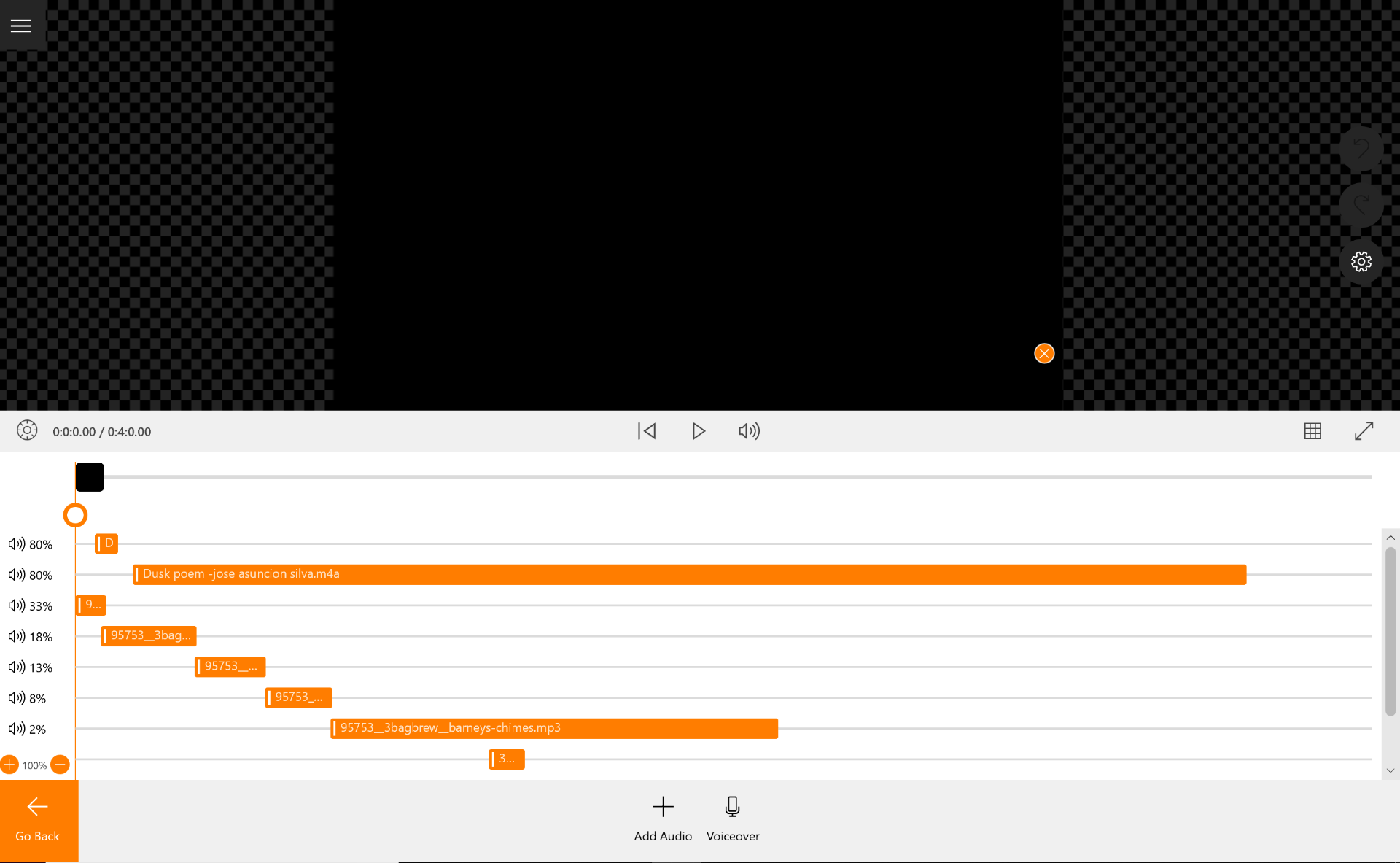
You can use a video making program to add in some quiet background music or one or two sound effects. Remember to use these extras like you use salt & pepper – just a little goes a long way!
There’s also a Poetry Performance to develop in ELA A10 – it’s just a voice recording of a poem spoken and performed, but again you can enhance it by adding sound layers to it. What extra type of mood could you create by different sound choices or music?
Note: Be sure to check at the bottom of the blog post to confirm how to save/submit your project. It must be exported to be shared.
A Guide to Understanding how to Use the Media Types to Layer, Level, and Stagger Your Media Files.
Resources to help support you:
- Sound Effects Websites:
- Pixabay: includes music, sound effects, pictures and video. Free to download.
- Bensound.com: Another website that includes Royalty Free music, so long as you source the site.
- EpidemicSound.com: Another website with both sound effects as well as music. This one also requires a subscription, but if there’s a song/sound effect you badly need, we can talk about purchasing it. (There’s a free trial period.)
- Artlist.io: This is another website with instrumental music of different genres and sound. Royalty Free

- Musicbed.com: If you’re looking for background music for your project, there are lots of categories and “moods” of music posted here. Many are instrumental, which would be appropriate for a video project. Let me know if you’re interested in music here – we could get a school account to access it.
- Video and Image Files: Creative Commons
- Pexels.com: Free creative commons images and videos to download
- Canva has both free images as well as templates you can use to create the visuals for your video.
- Burst also includes free-to-download images.
- Unsplash.com: website with free-to-use images
- Audio File Online Converter: Sometimes, the audio files you want to use aren’t in a file format a program will recognize. This online site will let you load your audio file and convert it to a file type that’s usable in your program, like mp3.
- This website even lets you use videos and will convert a visual file into simply an audio file. Cool!
- Video Making Software/Programs:
- iMovieForWindows: can search/download the program. It will be in a very familiar format to what you’ve used before.
- Animotica: This is a free video making program from the Windows App Store. You can download it on your school device and it allows you to create an image file (just a black screen for background) that you can then attach your layers of sound files onto.
- iMovie: Some people have (surprisingly) successfully developed their Poetry Project on their iPhones. Use a program you’re comfortable with and have access to.
For ELA A30 Projects:
- How about some specific “Canadian Sounds” from Soundsnap?
Preparing to Export and Submit your Video Project:
Regardless of which program you’re using, you can’t share the Project without Exporting it and Saving it in a file type that can be shared.
- What Not To Do: You can’t just share your Project. To open the project, the computer needs to access the additional files included in the project and that only works on the original device it was developed on. Avoid this mistake.
- What To Do: Save/Export your project as a Video. That means the program saves all the sound pieces and files together into one single file that can be played on another device. It will also export the video into a playable file type, like Mp4.
Protected: ELA A30 A7.1 Assignment: Critical Analysis Essay Writing
ELA A30 Section A5 Being Native in Canada
These are the web resources to support the work in this section.
Moodle Pages Intro:
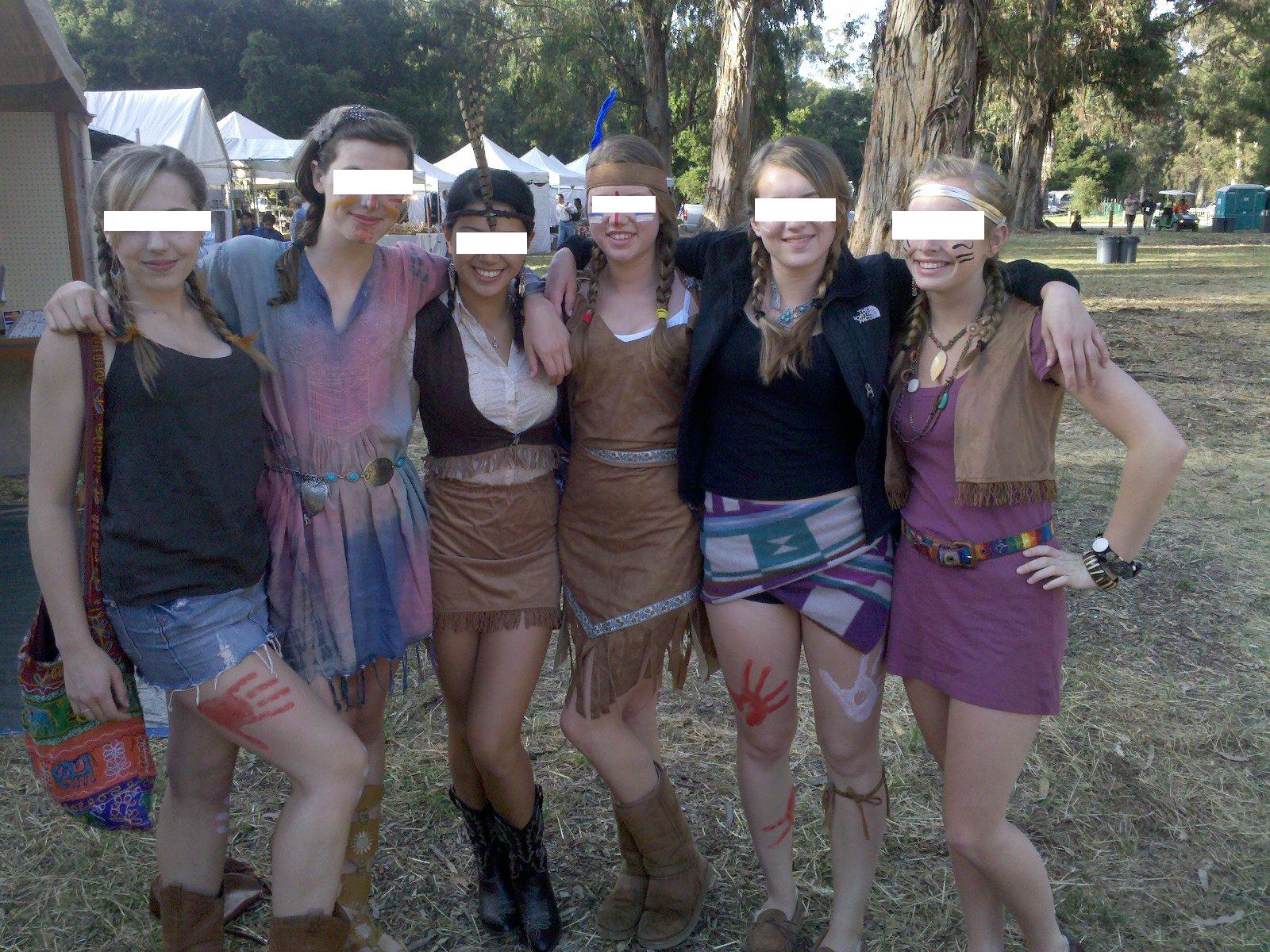
Big Ideas: The questions to get you thinking, connect to your prior knowledge and personal experiences, so you can benefit more from the literature in this section. Here’s an explanation of the meaning behind these Big Ideas for A5.
Book Chapter: “The Oka Crisis” Will Ferguson (section pgs 2-4)
- Oral recording to follow along with while reading the chapter – embedded player below (Waldner 2019)
You can expand this player and download the audio, if it suits you better.
(Optional Viewing: Waneek Horn-Miller was a teenager within the standoff. She was stabbed by a Canadian soldier and later went on to become a Canadian Olympian. )
Poem #1: “Now That the Buffalo’s Gone” Buffy St. Marie (section pgs 4-7)
- Comparative text: “Standing Rock” song re: NoDAPL pipeline standoff
Poem #2: “The Devil’s Language” Marilyn Dumont (section pgs 8-14)
-
- Image Collage: the writer includes many specific references related to the methods and topics the Indigenous students were taught in the Residential Schools, including many forms of formal English speaking and writing, books about caucasian culture, Catholic beliefs, and others. This collage may help you understand the English culture was the focus of these schools. Note:You can click to enlarge this poster.
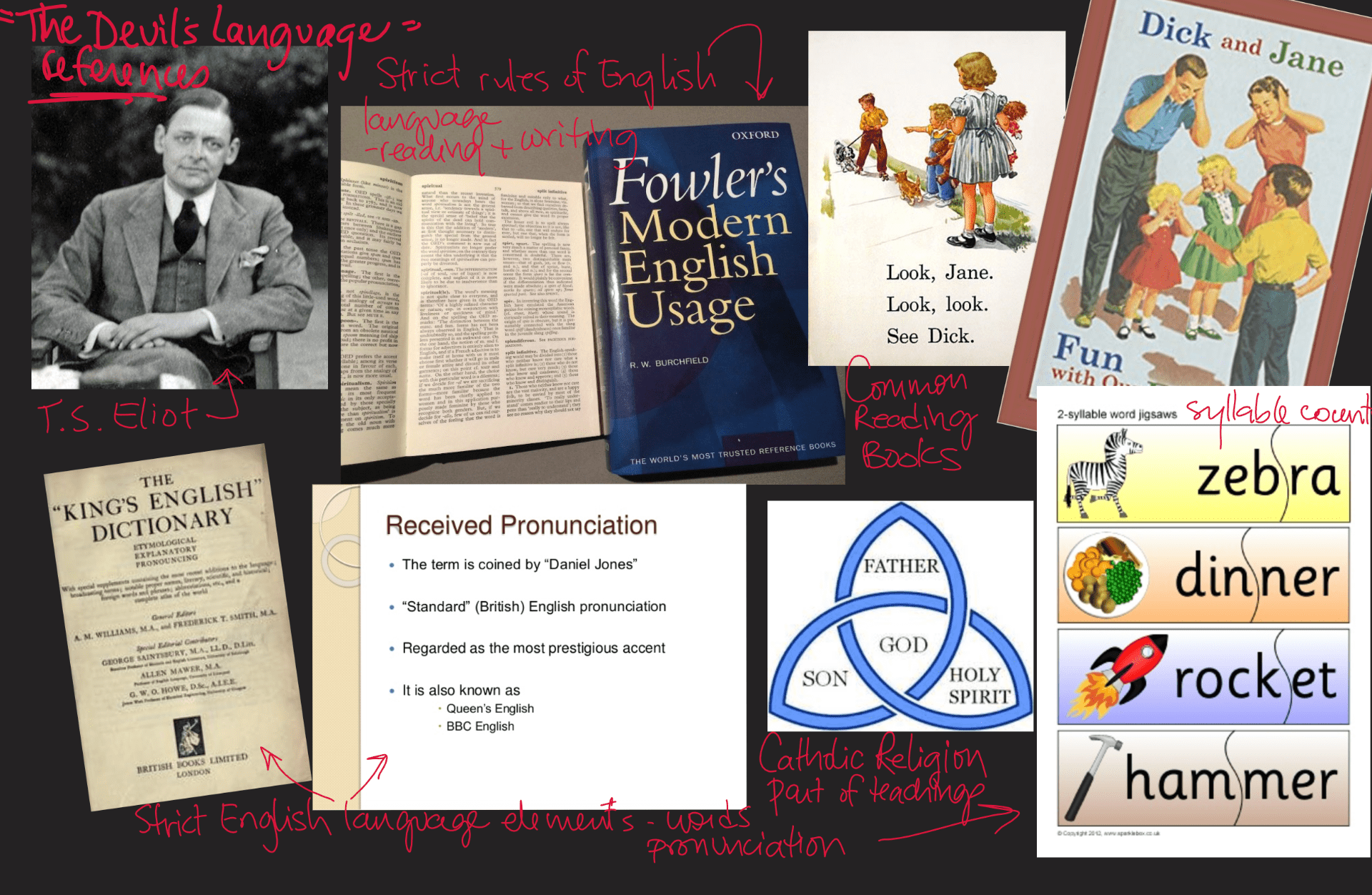
- Image Collage: the writer includes many specific references related to the methods and topics the Indigenous students were taught in the Residential Schools, including many forms of formal English speaking and writing, books about caucasian culture, Catholic beliefs, and others. This collage may help you understand the English culture was the focus of these schools. Note:You can click to enlarge this poster.
After viewing Representation Question in your handout: Which image with the different arrangement of words from the poem (below) is the best representation of the author’s tone, in your opinion?
Note:You can click to enlarge this poster.
Documentary Viewing – Choice of films to watch
-
- Club Native (Ask me for the DVD or a private link to watch online)
- The Secret Path graphic cartoon film (Gord Downie album/story of Channie Wenjack) 54 minutes
-
- The Oka Legacy documentary (one young woman’s first-hand experience within the barricades)
ELA A30 Inquiry Report or Research Paper Essay Planning
You’re well-practiced at writing Literary Analytical types of essays, but maybe less sure about writing a regular essay or report. Here’s an instructional video that walks you through things to consider in your planning and organization stage, as well as looks at the body paragraph and a potential sentence plan for them.
Instructional Video: How to organize your report essay.
Here’s a screenshot of a potential outline for your body paragraphs: (image)

